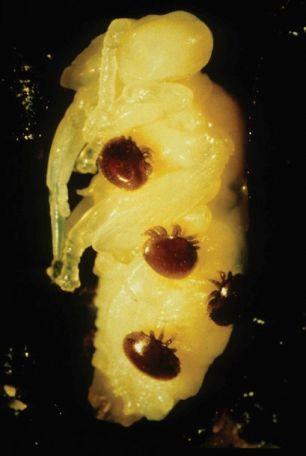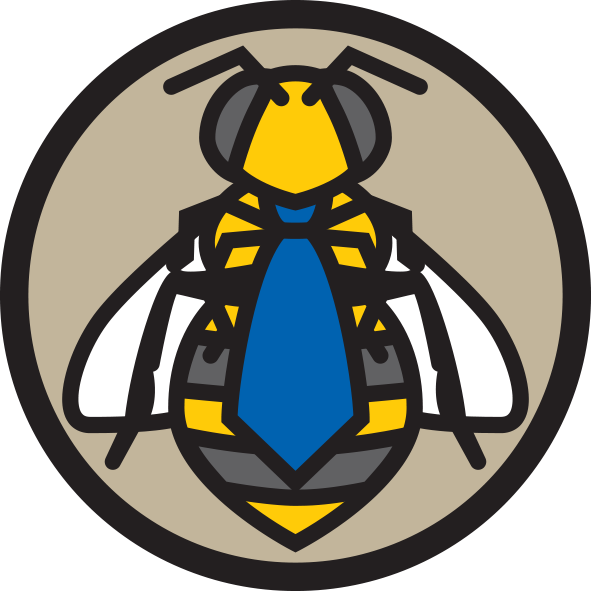NSW Department of Primary Industries’ early warning system has detected Varroa mites, which was confirmed as Varroa destructor species, in biosecurity surveillance hives at the Port of Newcastle on 22 June 2022. NSW DPI is working to protect the NSW and broader Australian beekeeping industry by ensuring we eradicate this parasite. Where it is established, Varroa destructor is globally the most damaging pest of honey bees.
The eradication plan is supported by a NSW statewide emergency order to control the movement of honey bee hives. This vital order will help NSW DPI undertake the Varroa eradication plan with the greatest chance of success.
The eradication plan is also supported by four Varroa mite emergency zones covering an area within a 50 km radius of a Varroa infested premises.
- Eradication zone (10km)
- Surveillance zone (25km)
- Notification zone (50km)
- General Biosecurity zone (NSW)
Different restrictions apply depending on where your honey bees and hives are located. If you have honey bee colonies or hives in the Notification zone, Eradication or Surveillance zone, beekeepers must let NSW DPI know the location of all hives by:
- completing the Report a biosecurity concern form: https://forms.bfs.dpi.nsw.gov.au/forms/9247
- emailing
hi***********@em*******.au
, OR - calling the Exotic Plant Pest Hotline, 1800 084 881 (9 am to 5 pm, 7 days a week).
If you’re a beekeeper,
- Do your part by not moving any of your bee hives from their current NSW location until the state emergency order is lifted: www.nswnationals.org.au/state-wide-emergency-order-issued-for-varroa-mite/.
- Follow up to date NSW DPI Varroa mite alerts here: https://www.dpi.nsw.gov.au/emergencies/biosecurity/current-situation/varroa-mite-emergency-response
- Follow AHBIC for news of the national response. Beekeepers in the rest of the country must register their hives.
On their own, individual mites are easily identifiable to the naked eye, but most Varroa mites in a colony are hidden from view within the capped cells of developing bees, or between the body parts of adults bees. Roughly the size of a sesame seed, these reddish brown mites can go undetected for some time unless the beekeeper is carefully monitoring for them by using the sugar shake or alcohol wash, uncapping brood or use of sticky mats.

Four reddish-brown Varroa mites on an immature honey bee. Credit: NSW DPI
Left untreated, Varroa destructor will kill any bee hive it infects. All feral and untreated bee colonies will eventually die. This is why it’s so important for us all to work together. Don’t move your hives and if you see any mites on honey bees, call it in immediately to the Exotic Plant Pest Hotline, 1800 084 881 (9 am to 5 pm, 7 days a week).
Don’t move your hives and if you see any mites on honey bees, call it in immediately to the Exotic Plant Pest Hotline, 1800 084 881 (9 am to 5 pm, 7 days a week)
Let’s fight the mite!
How to videos
Alcohol wash
Sugar shake
Drone uncapping
Sticky mat examination
Acknowledgements:
This article was peer-reviewed by Nadine Chapman and Thomas Gillard.

